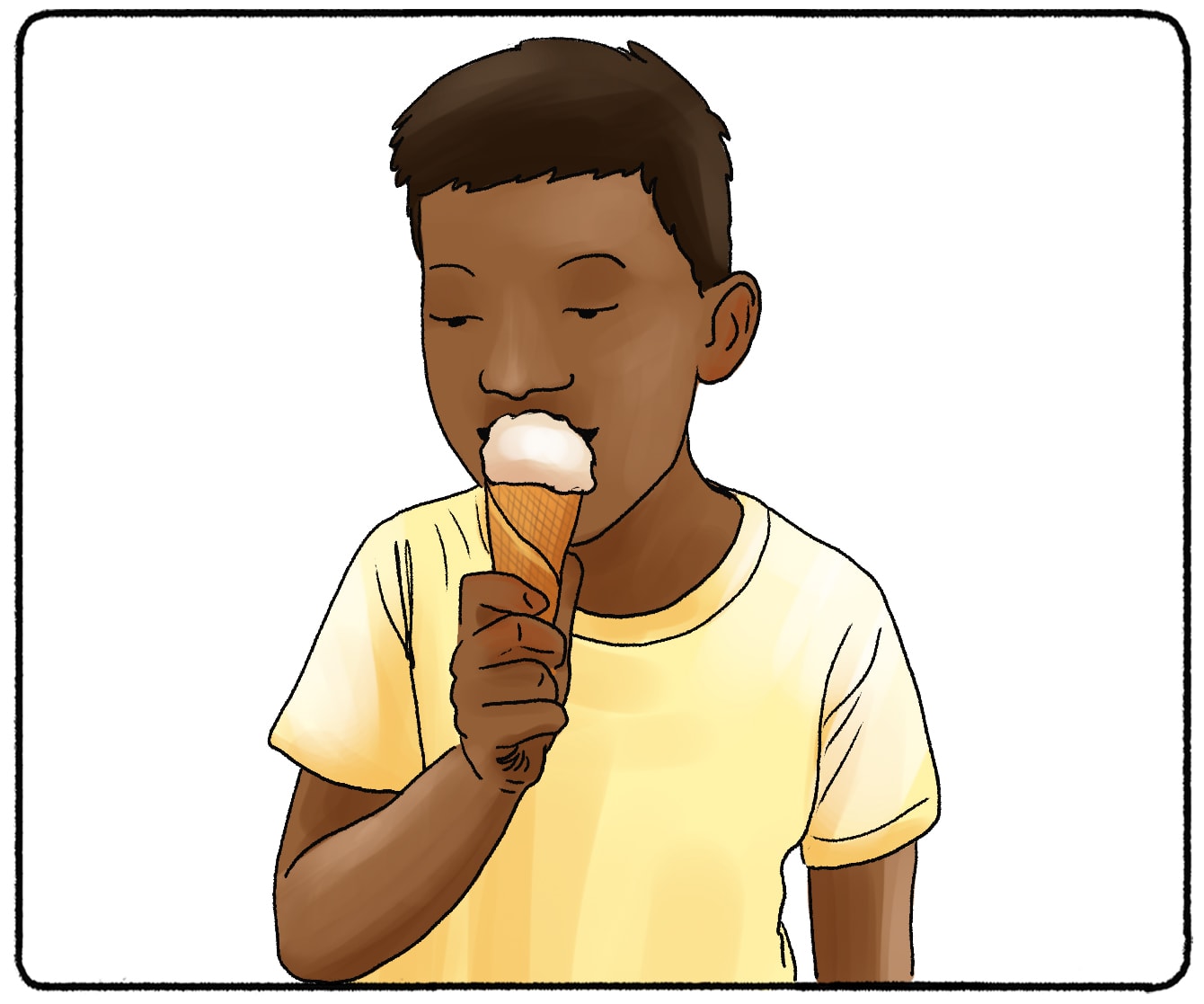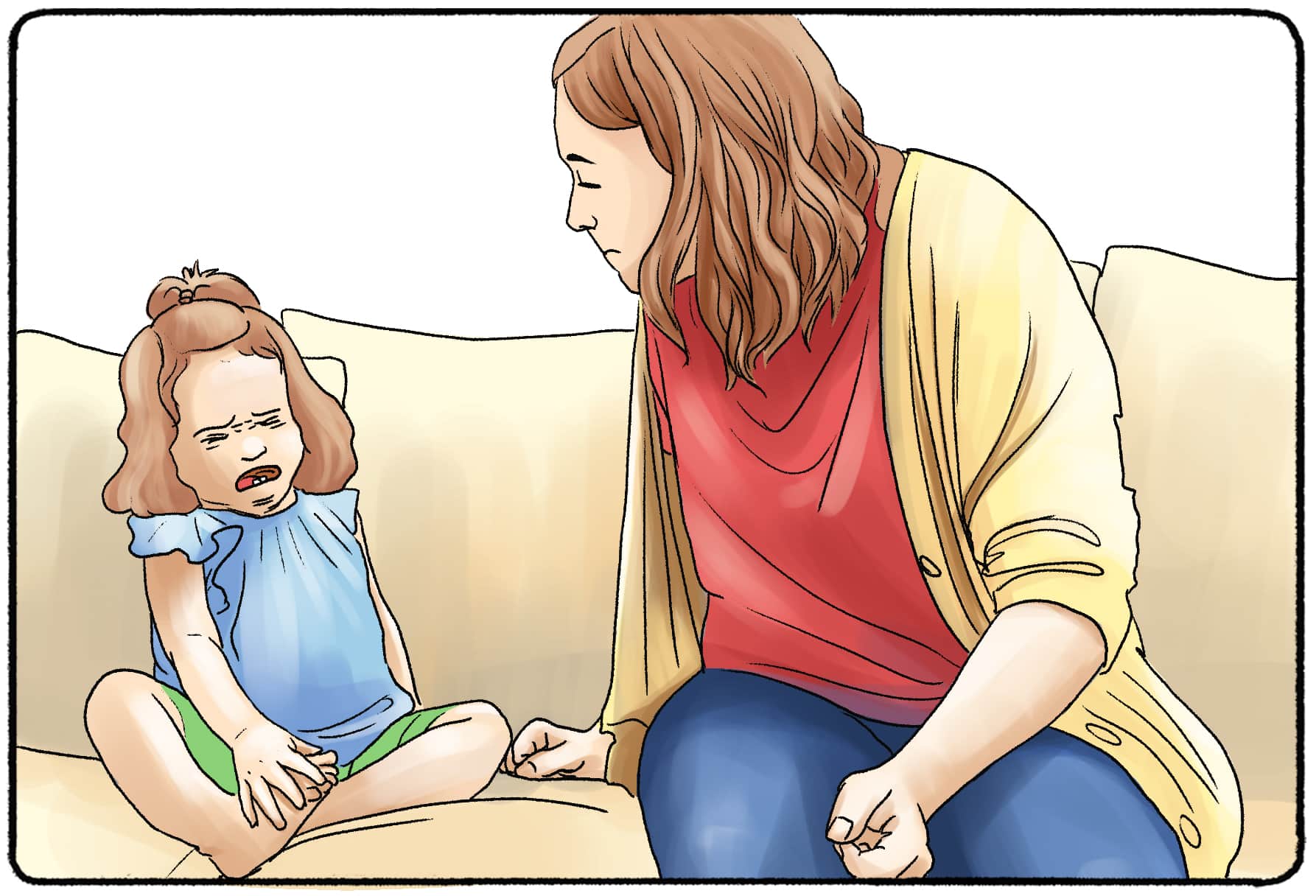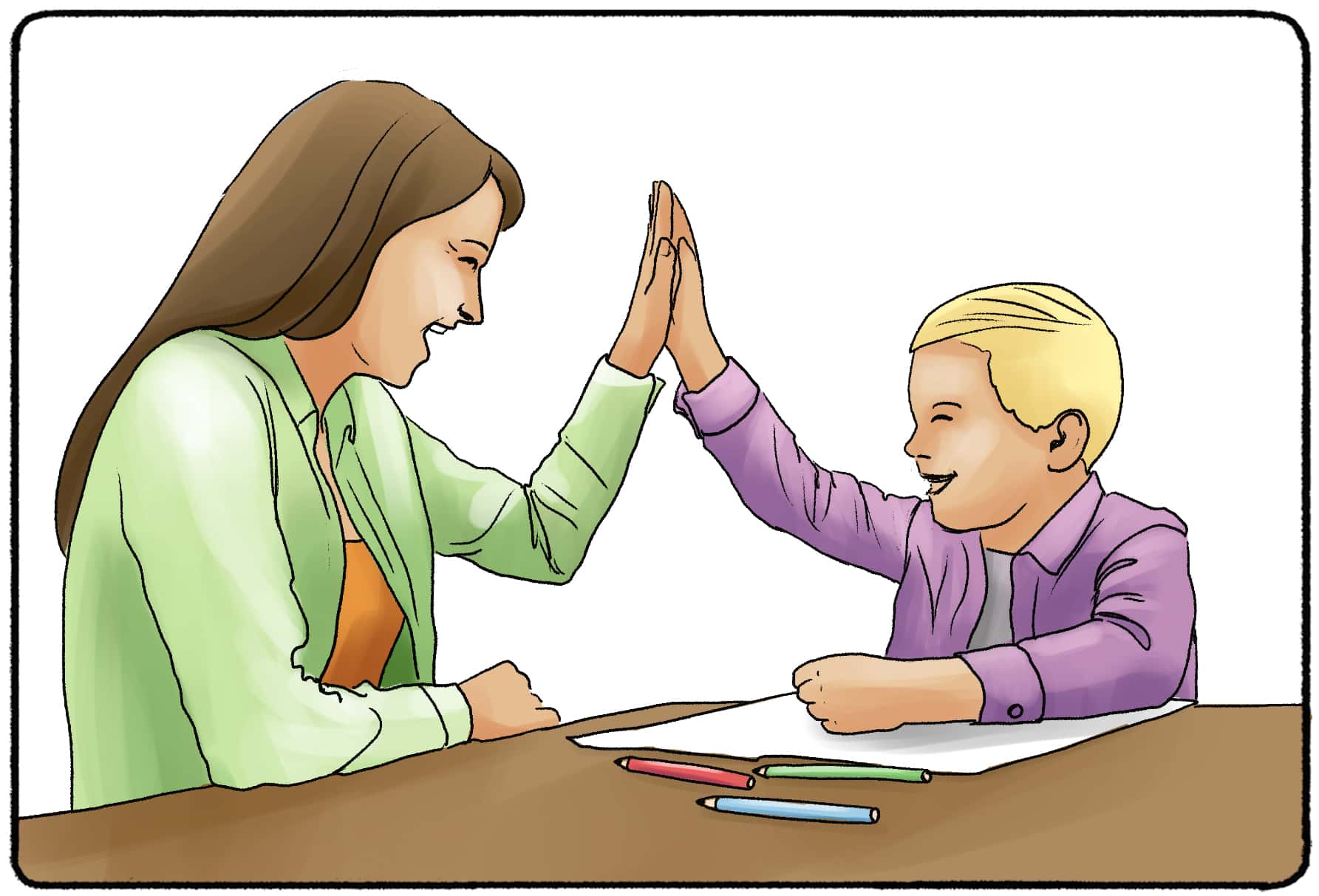How do you stick to a habit? What will it take to get your child to clean their room? How can you encourage your dog to “sit” on command? There is more than one answer to all of these questions, but you can successfully do all of these tasks with reinforcement. More specifically, conditioned reinforcement. Conditioned reinforcement is a tool that you have probably experienced in your life and maybe even used on a pet or child to encourage them to perform certain behaviors. This page will define conditioned reinforcement, dive deep into what these look like, and show how they can be used to teach certain behaviors in a practical, intuitive way.
What Is a Conditioned Reinforcement?
A conditioned reinforcer is a previously neutral stimulus that takes on the role of a reinforcer or punisher when paired with a primary reinforcer. Reinforcements and punishments are both used in the process of operant conditioning. Through operant conditioning, subjects (children, students, employees, etc.) learn to consciously behave so that they can receive reinforcement and avoid punishment.
Reinforcement and punishment come in many forms, and some are more effective than others.
What Is the Difference Between a Reinforcement and a Punishment?
Reinforcers, like praise or treats, encourage certain behavior. We want reinforcements. If a dog receives a treat every time it sits, it is likely to "sit" every time it is told to do so.
Punishments, like spanking or the removal of a child’s iPad, discourage certain behavior from happening. If a dog receives a shock every time they cross a barrier in its yard, they are unlikely to cross that barrier and learn to stay in the yard.
In the world of operant conditioning, subjects may receive positive and negative reinforcements. They can also receive positive and negative punishments. The definitions behind these terms might be slightly different than what you assume they are.
Positive Reinforcement and Punishment
Operant conditioning happens in a certain environment. A parent may ask their child to clean their room before going to bed. Within that environment, things can be taken away from a child or given to a child as reinforcement or punishment. When things are added to the environment, they are considered "positive reinforcement" or "positive punishment." Positive punishment doesn't drum up positive feelings in the child.
Examples of positive punishment include:
- Giving a child an extra task on their chore chart
- Shocking a dog who crosses a boundary
- Forcing a child to eat their least favorite vegetable as a punishment for sneaking sweets
Examples of positive reinforcement include:
- Giving a child a candy bar
- Adding treats to a dog's dinner bowl
- Treating yourself to an extra 10 minutes of social media after getting your work done
Negative Reinforcement or Punishment
Now that you know what positive reinforcement and punishment are, you can guess the definition what negative reinforcement and punishment. Negative reinforcement or punishment doesn't drum up negative feelings. This term describes taking away something as a form of reinforcement or punishment.
Primary Reinforcement (Definition and Examples)
Some reinforcements are simple and directly contribute to our survival, like food. These reinforcers are known as primary reinforcement. A child doesn’t need any sort of conditioning to know that they want to behave in a way that results in ice cream. Air, shelter, water - all of these are primary reinforcements and can easily be used to encourage the behavior.

Conditioned Reinforcer Definition
Of course, you can probably think of a few times when you learned to do a behavior through reinforcements like stickers on a chore chart or a thumbs up from your parents. Not all reinforcement has to be something that humans innately want. In order to make sure these stimuli work to reinforce behavior, the subject has to be conditioned to see it as reinforcement. Although this sounds like an extra step in the process, conditioned reinforcement is all around us, ready to be used by parents, employers, or pet owners in conditioning.
A Note About Reinforcement
It’s important to know that reinforcement encourages behavior, but it doesn’t always encourage wanted behavior. If used incorrectly or without proper thought, reinforcement can encourage unwanted behaviors that stick just as strongly as wanted behaviors.

Say, for example, that you ground your child after they behaved poorly. The child, who still has access to their iPad and toys in their room, doesn’t mind being grounded. In fact, they are happy to be grounded. The child will not learn to behave and may even learn to misbehave so they can get time alone in their room. The same happens when children act out for attention. A child may find that when they act out, their parent pays more attention to them, babies them, or buys them their favorite food for them to feel better. The child begins to act out more frequently so they can receive that reinforcement.
This is why parents, teachers, and pet owners should understand conditioning, reinforcement, and other terms in behavioral psychology. If you do not see the effects that certain stimuli are having, you may be teaching the wrong behaviors.
Examples of Conditioned Reinforcers
There are a lot of things that do not directly contribute to a person’s survival or the way that they feel. In theory, anything can become a conditioned reinforcer. Psychologist Ivan Pavlov noticed during his experiments with dogs that the sight of a researcher’s lab coats was enough to cause the dogs to perform the wanted response (drooling.) If a simple lab coat can be conditioned to be a reinforcer, it’s possible that any stimulus can become one.
But we don’t need to have a big imagination to think of conditioned reinforcers. Teachers, parents, and even employers use conditioned reinforcers to encourage certain behaviors and responses, even if they don’t identify these stimuli as conditioned reinforcers.
Paychecks
One of the best examples of a conditioned reinforcer is a good old paycheck. The slip of paper or email about your direct deposit notification isn’t going to feed you on its own, but it will elicit that great feeling of relief or joy that comes with money in the bank. We are so motivated to get that biweekly or monthly paycheck that we spent eight hours a day heading to work!
Toys or Stickers
A sticker on a chore chart is only motivating if a child assigns meaning to this reinforcer. Otherwise, the child may not learn to do their chores. These small “prizes” can be a great reinforcer if they are handed out consistently after the wanted behavior or response.
Praise and Positive Communication

A child may act to seek out a high-five, praise, or other forms of positive communication. These reinforcers may feel small to an adult, but if they are paired with that great feeling that one feels from being noticed, loved, or appreciated, one may continue to seek out this feeling and the actions associated with it.
Commands or Praise
Humans aren't the only people who learn behaviors from reinforcement. Dogs do, too! Let's say you want to teach your dog to come inside when you call. When he's running outside, you whistle for him with a treat in hand. The primary reinforcer is the treat. That's why the dog is really running to you! But he learns to associate the whistle with the treat. The whistle becomes a conditioned reinforcer. Eventually, the dog will run to you every time they hear a whistle!
Can You Use Conditioned Reinforcement on Yourself?
Yes! If you want to stick to a habit or encourage yourself to complete any type of behavior, explore different primary reinforcements. Likely, a conditioned reinforcement will shortly follow.
Here's an example of how that might work.
Your goal is to be more productive. To do that, you buy a pretty notebook. Every week, you put together a list of 10 tasks that you want to complete in that notebook. As you complete the tasks, you cross them off in the notebook. Once the 10 tasks are done, you get to order food from your favorite restaurant or make yourself a great dessert.
The food or dessert is the primary reinforcement in this situation, but can you identify what the conditioned reinforcement is?
It's crossing off the tasks in your notebook! For anyone who keeps track of their daily tasks already, you know how satisfying it feels to cross things off your list. In this example, all of those completed tasks become associated with the larger "reward." Therefore, they are considered conditioned reinforcement! Even the sound of crossing something off your list may become music to your ears.
“Shine”
In BJ Fogg’s book Tiny Habits, he recommends using “shine” immediately after completing your tiny habit. “Shine” refers to a celebration, dance, or any small movement that you know makes you feel good. Again, this isn’t going to feed you or nourish you, but you will feel good. The best part about using “shine” to reinforce your tiny habit is that you already know the stimuli that you have been conditioned to see as a reinforcement. For some people, “shine” sounds like a big cheer or motivating mantra. For others, this is a happy dance around the room. Either way, once you have identified it, you can use it to condition yourself to stick to your new habit.
Why Is It Important to Use A Conditioned Reinforcer in Learning?
Why is it important to know about conditioned reinforcers? Because we can’t always teach children, pets, or even colleagues on primary reinforcers alone. Children are not rats in a cage who will be motivated by small pellets of food. Not every response that we want to encourage in ourselves and others will directly contribute to survival, and it’s not practical to use a stimulus that will directly contribute to survival. We have naturally found other reinforcers that motivate people, even if we had to tie that reinforcer to something that does contribute to our survival or feels good.
Consider the Reinforcement
It is important to note here that not all reinforcers will work the same for every person. One child may not initially be motivated by a sticker or a “good job!” Different paycheck amounts may not be enough of a reward to come to work on time every day. Conditioned reinforcement may also work for one subject in one environment, but may be completely ineffective for a different subject or in a different environment. A high-five from a parent might be a great reinforcer for a child, but that same high-five from a stranger isn’t so effective.
This leaves the person doing the reinforcing with two options: either tie the conditioned reinforcer to a primary reinforcer or choose a different conditioned reinforcer to use in operant conditioning. Both of these processes can be successful depending on the subject who is being conditioned and what resources and abilities the person doing the conditioning have available to them.



